Of the many things I’ve been exploring in my studio is the idea of alternative plates. This might be why I really like collagraph. Everything about collagraph is the use of alternative plates. Certainly there are some folx that always use plexi plates as their surface but many other artists use built up surfaces of cardboard, cardstock, discarded packaging and other things. Collagraph has led me down the path of looking at other things I can use as plate (surface for etching or working on) to make other sorts of prints, like the intaglio technique of drypoint.
Like lino or wood cuts drypoint involves cutting into the plate. Drypoint is the opposite in that those incised lines are what prints black- ink is forced into the lines, excess is wiped away and then the left behind lines are printed. It feels more like drawing than other methods of printing where the lines removed are what prints.
The difficult part about making prints from recycled materials, especially when using a press, is that the press pressure must be adjusted for every material. I’m finding that some of the recycled materials only give a few decent prints before the pressure of the press warps the materials. I see why so many printmakers will find a material that works and sticks with it. 
Since I’m exploring recycled materials I’m finding myself looking at certain things and thinking, “I only have a few of these, but they print so good.” I’m trying to find a few materials that are easily found that I can use regularly and not worry about them running out. It’s not easy.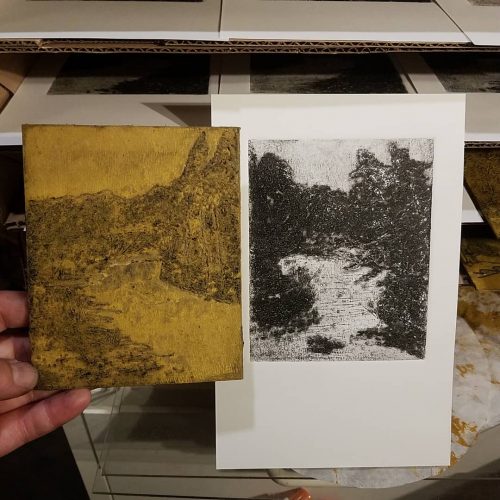
Things that I like for collagraph- packaging from soda cans, froze foods, and other pulpy brown card. This stuff can be glued together in layers the cut and scored and peeled to gain incredible depth and texture. It also holds enough carborundum or sand to make really amazing texture. Coated with a thick layer of varnish keeps it printing for a decently sized edition. The difficulty is that the packaging varies in thicknesses. 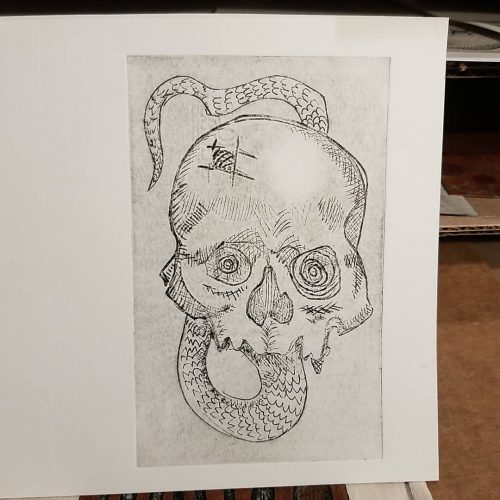
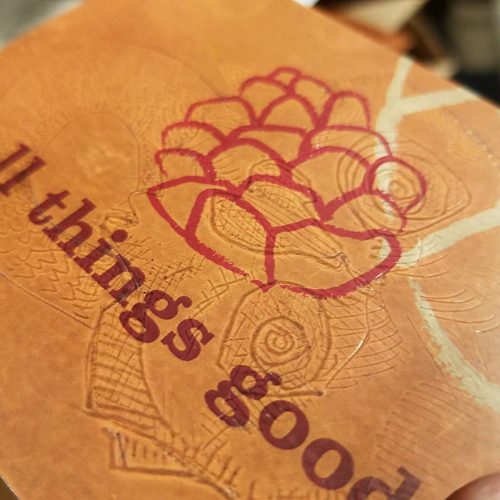
I did a few tests with soda cans mounted to packaging materials. The soda can materials warp as I scribed into the soft metal and then warped even more as I printed. I was able to get 3 good prints but the lines degraded noticeably by the final, 4th print. While this is fine for my ko-fi followers, I’d really like to be able to do an edition of 13* for everything.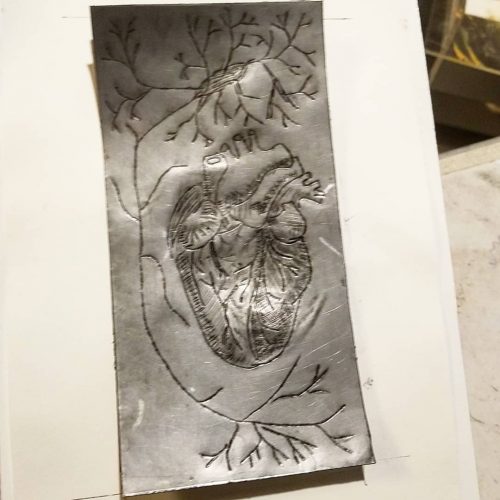

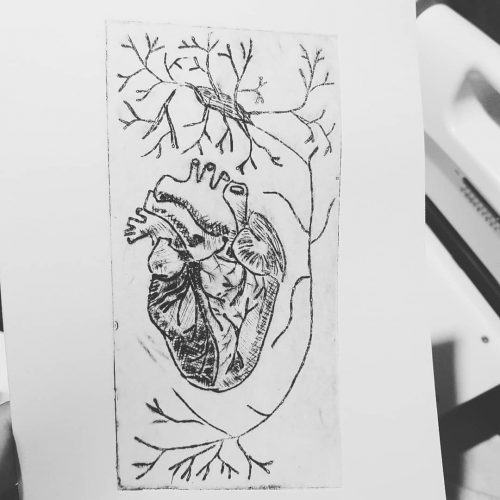
Many printmakers like to use plexiglass and other clear sheet plastic. I’m trying to avoid this since I don’t want to make more plastic waste, I’m hoping to find something recycled that I can source regularly and easily.
*Why 13? I like the number.